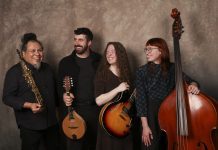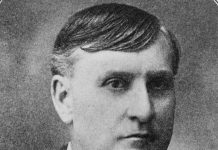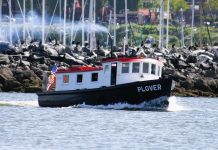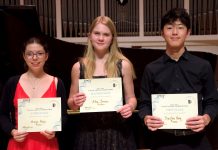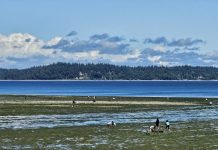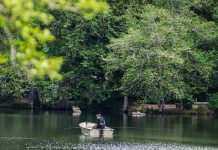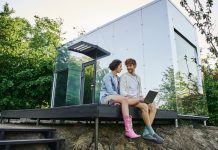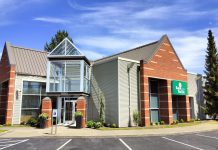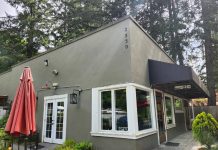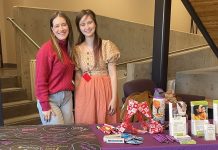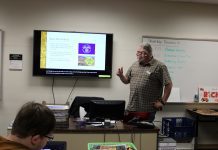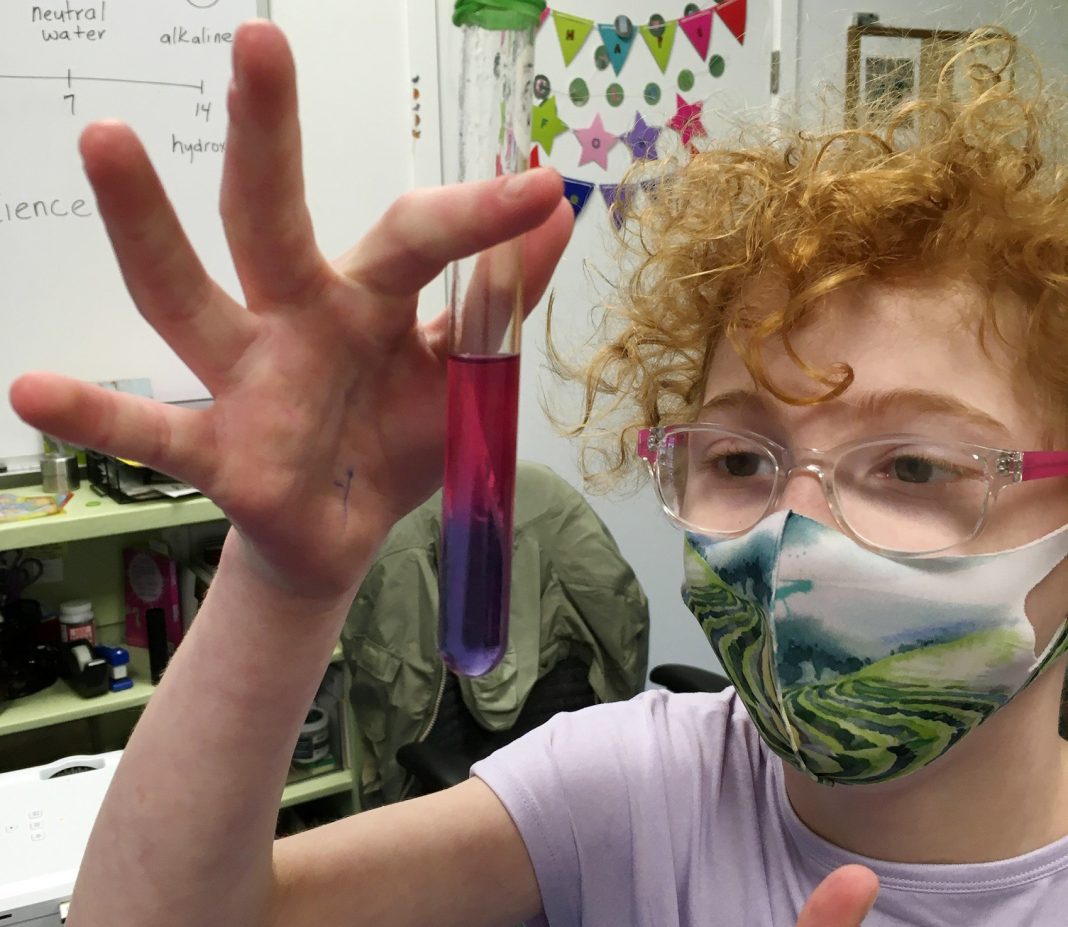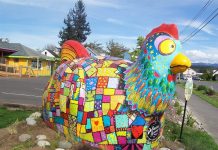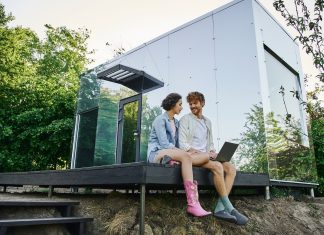With her background as an artist, Gabriel Miles knows how creative thinking can inspire and develop a person’s mind. With her training as an educator, she knows how to help young minds absorb new information. And as a mother, she wants to see more time devoted to the arts in modern education. Miles has brought all of these threads together to create the Robert Williams School of Arts and Science, a new K-6 school in Bellingham launching this fall.

Originally from New York, Miles’ education didn’t end when she graduated from college.
“I got my Bachelor of Fine Arts from the School of Visual Arts in Manhattan and worked as an admissions counselor when I graduated,” she says. In that position, Miles went to all the local high schools in the boroughs to conduct portfolio reviews. Through this work, she saw just how deeply art programs were being cut. “The kids were drawing on donated brown paper bags, and pencils had to be snapped in half so everybody could have one.”
Miles earned her Master of Science in Art Education just as the federal government passed the No Child Left Behind Act. Because that government program focused all available classroom time on reading and math, arts departments shrank even more, some disappearing altogether. “And so here I was, graduating and ready to teach,” she says, “and there were no positions. I looked countrywide.”

Miles moved to California with her husband, Joe, to begin their careers, but the East Coasters didn’t find the culture there to be a good fit. They visited the Seattle area and decided that the Pacific Northwest was much more attractive to them. As they made their home in Bellingham, Miles received her Washington State certification to teach visual arts for kindergarten through twelfth grade, she later taught for Bellingham Public Schools’ Promise K program, a five-month school session designed to prepare young children to enter kindergarten.
With that experience under her belt, Miles struck out on her own. She found classroom space at the Community Food Co-op and taught packed classes. To expand her audience, Miles offered a program at the Whatcom Museum’s Lightcatcher Building. In addition to art classes, the students also had access to the museum itself, and the Family Interactive Gallery.
When funding for that program was no longer available, Miles moved in another, more independent direction. In August of 2012, Gabriel’s Art Kids was born.
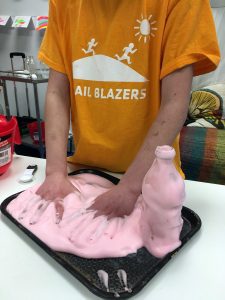
“We started really small, in a little old gas station on the corner of Dupont and Broadway, with an after-school program where we picked up kiddos from Columbia Elementary School, and then we started a preschool program,” Miles says. “When we opened in mid-September, I had nine students enrolled, and by October we had six part-time preschoolers.”
As the neighborhood was redeveloped, Gabriel’s Art Kids moved to its current home on D Street. But they had struck a bargain with the developer undertaking construction at its old location and were able to return some of their programs to a brand-new building in 2019.
When COVID necessitated a shut down in early 2020, Gabriel’s Art Kids had close to 200 kids enrolled in its after-school program, about 80 in its early childhood program and upwards of 175 families coming through its summer camp.
Now, with a stable home base, a rich variety of experience, and a solid reputation, Miles is announcing the opening this fall of the Robert Williams School of Arts and Science. With full state approval, the school is prepared to provide kindergartners through sixth graders with a full-spectrum education that integrates the arts into the academic curriculum.

One of the major motivations behind combining arts with other academics is the ability to teach to a broader range of students and give them all a better chance to absorb the material. We know that some people are more auditory, meaning that they learn best through hearing, that others receive information better visually, and that still others learn kinesthetically, or “by doing,” and the teaching model that Miles uses is able to meet all of these students on their own terms.
“There’s this thing called semantic memory, part of our long-term memory. If you can turn things into a drawing or a visual, if you change the concept of it, then your brain can have an understanding of it in a different way,” Miles explains. “It’s the same with music. I go into the Elementary Ed program at Western to teach about integrating curriculum, and one student said that when she was in the third grade, her teacher sang them the water cycle. And this college student was able to remember the song completely—from elementary school.”
Information about the school’s vision, and registration for students, can be found at the school’s website. Gabriel’s Art Kids continues to operate, and information about the early childhood program and programs for elementary-aged students can be found at Gabriel’s Art Kids website.
Sponsored




